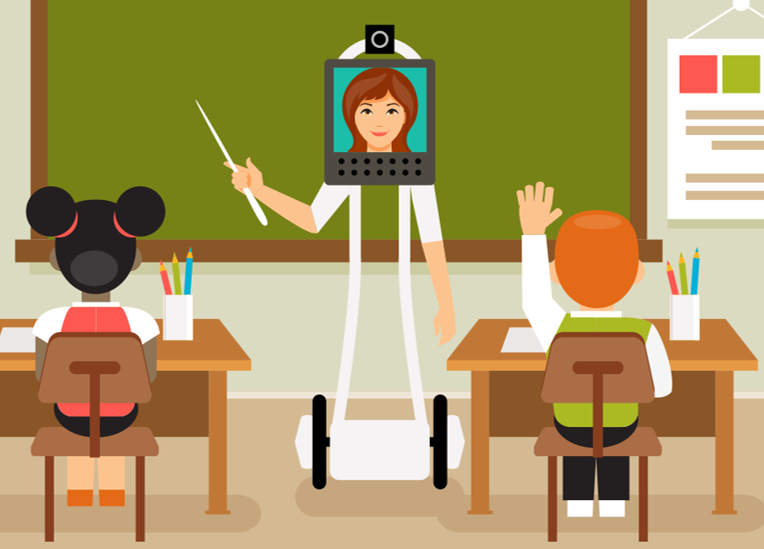Future English language education
- Didi Zou
- Apr 7, 2021
- 2 min read
Updated: Apr 21, 2021
<The images/ videos/ partial content are from the internet. These materials are for educational reference only. >
Establishing a special interest group to promote technology-enhanced informal English learning in HK.

AR/VR/MR/XR have the potential to transform the way we learn.


•Augmented Reality (AR) is a live, direct or indirect view of a physical, real-world environment whose elements are augmented (or supplemented) by computer-generated sensory input such as sound, video, graphics or GPS data. As AR exists on top of our own world it provides as much freedom as you are given within your normal life. AR utilizes your existing reality and adds to it utilizing a device of some sort. Mobile and tablets are the most popular mediums of AR now, through the camera, the apps put an overlay of digital content into the environment. Custom headsets are also being used. As popular AR examples there are Pokemon Go and Snapchat’s new AR bitmojis.

•Virtual Reality (VR) is an immersive experience also called a computer-simulated reality. It refers to computer technologies using reality headsets to generate the realistic sounds, images and other sensations that replicate a real environment or create an imaginary world. VR is a way to immerse users in an entirely virtual world. A true VR environment will engage all five senses (taste, sight, smell, touch, sound), but it is important to say that this is not always possible.






Challenges of using VR/AR/XR in English education




More details in the following videos:

TOOLS & DEVICES
Expeditions

1.It is free.
2.It is designed for classroom use and it allows teachers to act as guides to their students in the virtual world.
ACTIVITIES:
Virtual Field Trips Around the World

VR will allow for virtual field trips to take students out and see the world.
VR can take children across space, deep into the ocean, and even back in time! Imagine the possibilities.
A kid’s perspective




Earth VR


Education Robot

ChatBot


Dialogflow



















Comments